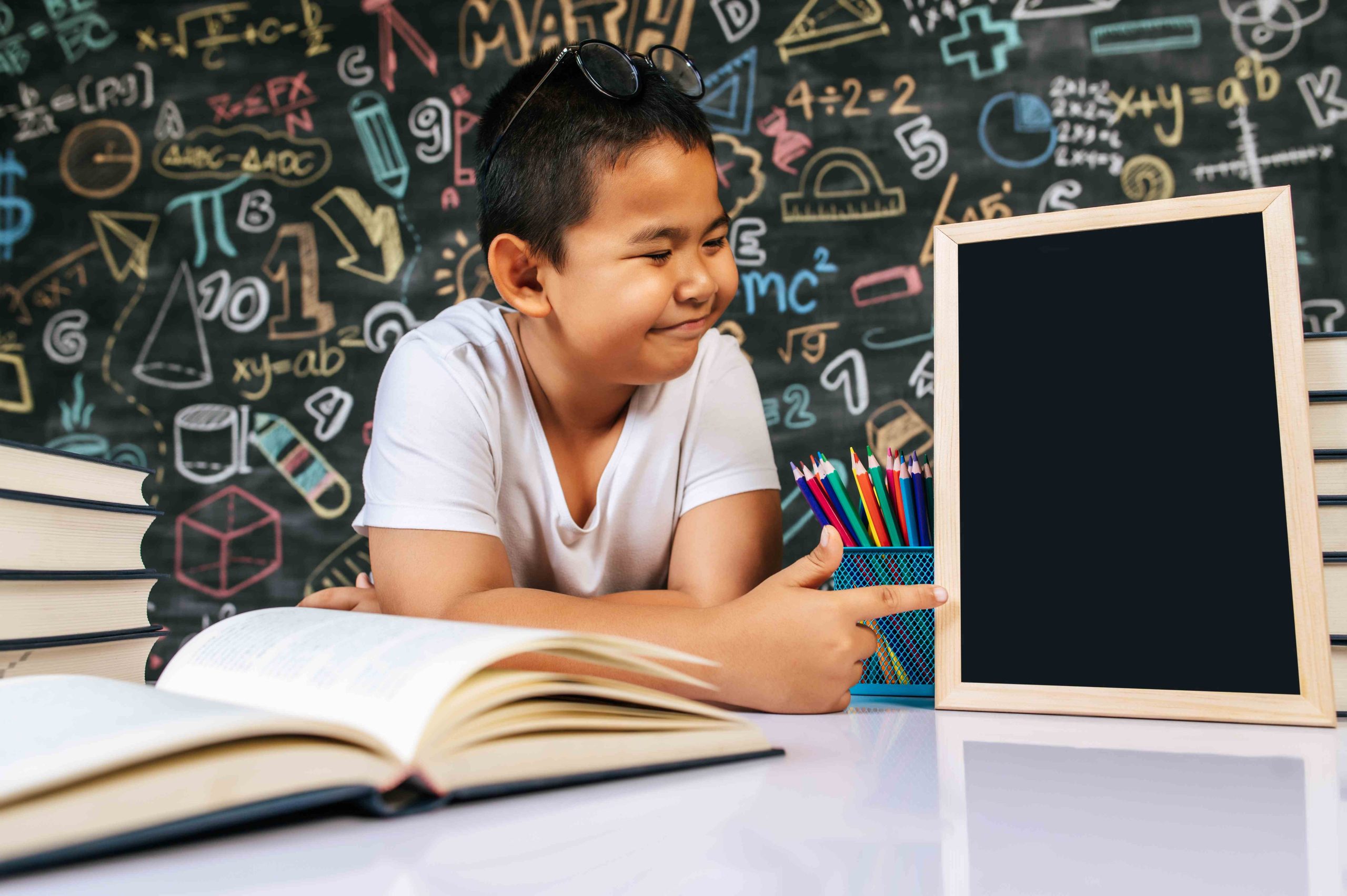
Unlocking the Potential of Preschoolers: A Framework for Learning
Preschool marks a pivotal stage in a child’s development, laying the groundwork for their future academic and personal achievements. Research underscores the rapid brain development occurring during these formative years, emphasizing the need for a nurturing learning framework. This article examines the components vital for fostering preschoolers’ growth and development effectively.
The Teacher’s Role in the Preschool Learning Framework
Preschool teachers wield significant influence in shaping a child’s early years. Crafting an environment conducive to curiosity and exploration is paramount. An adept preschool teacher tailors the curriculum to suit the developmental stage and individual learning styles of each child, fostering a supportive atmosphere where every child feels valued and understood.
Building relationships with preschoolers is fundamental. Establishing a nurturing bond fosters emotional security, enabling children to thrive academically and personally. Positive reinforcement, trust-building, and empathy are instrumental in creating an environment conducive to growth and learning.
Embracing Play-Based Learning
Play serves as a cornerstone of preschool education, offering children avenues for exploration and discovery. Through play, preschoolers develop social, emotional, and cognitive skills while enjoying themselves. Whether through imaginative play or structured activities, play-based learning cultivates confidence and problem-solving abilities, nurturing well-rounded individuals.
The Benefits of a Child-Centered Curriculum
A child-centered curriculum recognizes the uniqueness of each child, catering to their specific needs and interests. By allowing children to learn at their own pace, this approach fosters confidence and a love for learning. Responsive to individual struggles, it promotes a supportive environment where every child can flourish.
The Importance of Parental Engagement
Parental involvement is integral to a child’s educational journey. Regular communication between parents and teachers, along with active participation in school activities, bolsters a child’s academic and personal growth. Parental support at home reinforces learning and strengthens the parent-child-teacher bond.
Integrating Technology Wisely
While technology offers innovative learning opportunities, its judicious use is crucial in preschool education. Thoughtfully incorporating age-appropriate technology enhances engagement and cultivates digital literacy. However, it should complement, not replace, traditional forms of learning, maintaining a balanced approach.
Multimodal Learning for Every Child
Preschoolers thrive when provided with diverse learning modalities. Visual, auditory, and kinesthetic approaches ensure every child’s needs are met. Incorporating these modalities ensures engagement and comprehension across varied learning styles, fostering holistic development.
Embracing Diversity and Inclusion
A diverse and inclusive learning environment enriches preschoolers’ experiences, fostering empathy and respect. Celebrating cultural diversity and accommodating diverse learning needs ensures every child feels valued and included, promoting a sense of belonging.
Creating a Safe and Supportive Space
An environment that prioritizes physical and emotional safety nurtures preschoolers’ confidence and well-being. By fostering positive relationships and promoting positive behavior, preschoolers feel secure to explore and learn.
Conclusion
In conclusion, a comprehensive preschool framework for learning must prioritize play-based learning, parental involvement, a child-centered approach, technology integration, diversity, and inclusion. By embracing these components, preschoolers can unlock their full potential, laying a robust foundation for future success. Collaboration, communication, and ongoing professional development further enhance the preschool learning experience, ensuring every child receives the support they need to thrive. As we navigate the evolving landscape of early childhood education, let us remain steadfast in our commitment to providing preschoolers with the tools and resources they need to flourish. Together, we can empower every child to reach their full potential.


